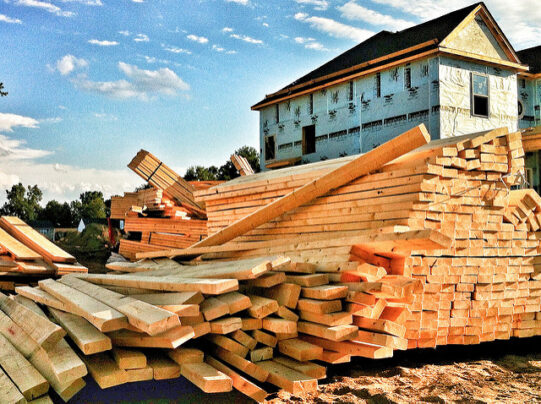The housing market can be understood as simple supply and demand. When there are fewer homes for sale and buyer demand is high, home prices rise. When the opposite is true, prices fall. But there’s a little more to it than that. The balance of supply and demand is affected by numerous factors, including some less obvious ones that may not occur to the average home buyer. For example, in today’s market, the inventory of homes for sale is lower than normal. But while new home construction is the fastest way to correct that imbalance, the number of new homes being built has been slowed by surging lumber prices. Chuck Fowke, chairman of the National Association of Home Builders, says they’ve reached a record high. “According to Random Lengths, the price of lumber hit a record high this week and is up more than 170 percent over the past 10 months,” Fowke said. The spike in lumber prices has made it harder for home builders to build the affordable homes needed to help balance supply and demand. Which means, though housing affordability is a matter of simple supply and demand, there are many factors – like lumber production and international trade – that have a less obvious effect on the price of the home you buy. (source)
Lumber Prices Threaten Housing Affordability


